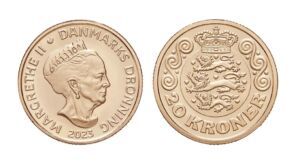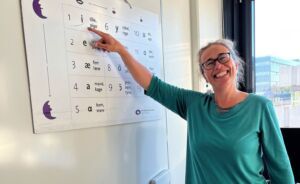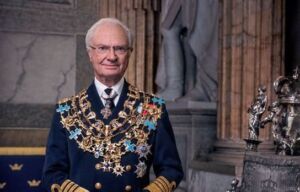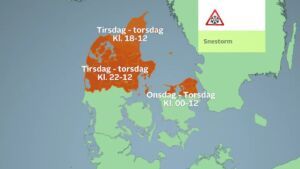News
Danish ESA scientist: Philae needs a miracle!
This article is more than 11 years old.
The probe, which made history by landing on comet 67P last week, may never awaken
Danish scientist Stubbe F Hviid – who was a member of the European Space Agency's team that planned and built the Rosetta satellite and its probe Philae – has cast doubt over whether the probe will ever awaken again from its icy slumber.
Philae was designed to operate inside a specific range of temperatures, but unfortunately isn't receiving enough sunlight to power its onboard heating systems.
"It is far from certain that Philae's onboard electronics will survive the freezing temperatures and wake up again in May when it moves closer to the sun," Hviid told DR.
If the probe manages to survive the extreme cold, then it must also attend to the increase in solar output that will be ten times greater in six months' time.
"Even though the sunlight will be brighter and reach Philae's solar panels, the onboard instruments would overheat as a consequence," continued Hviid.
READ MORE: Like Ground Control said, he really made the third grade's day
Probe may take-off again
As 67P edges closer to the sun, the heat will cause the comet to spew gases out from within. These gases could lead to a potential pressure change that would counteract the comet's weak gravity, resulting in the probe lifting off and entering orbit instead.
"Because Philae isn't fastened to the surface as securely as we had hoped, these gas leaks could potentially lift the probe into orbit," said Hviid.
Philae therefore requires, he added, nothing short of a miracle in order to survive.
Luckily, the probe managed to relay the majority of the data it was intended to collect before shutting off, and its initial findings will be revealed at a conference in America later this month.










































